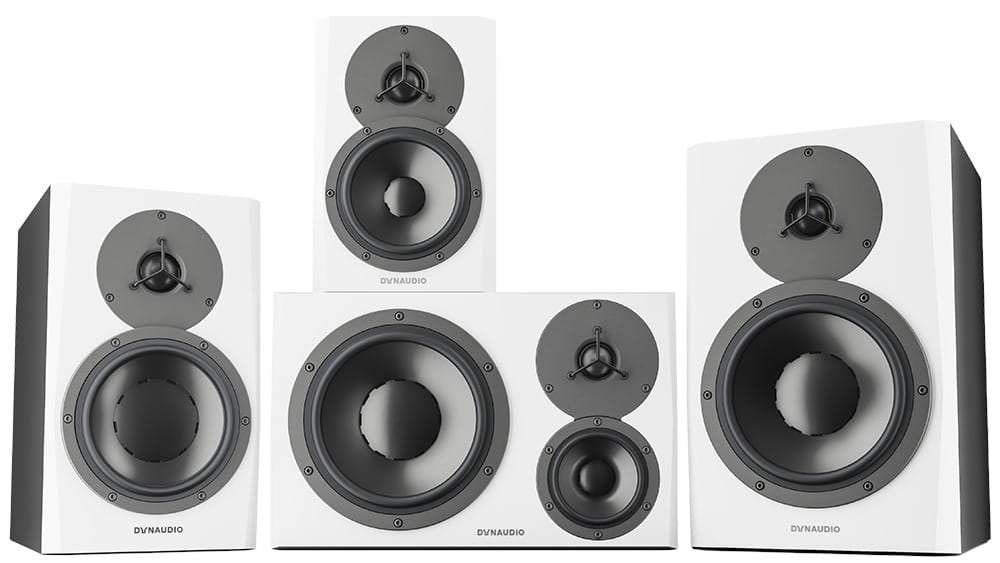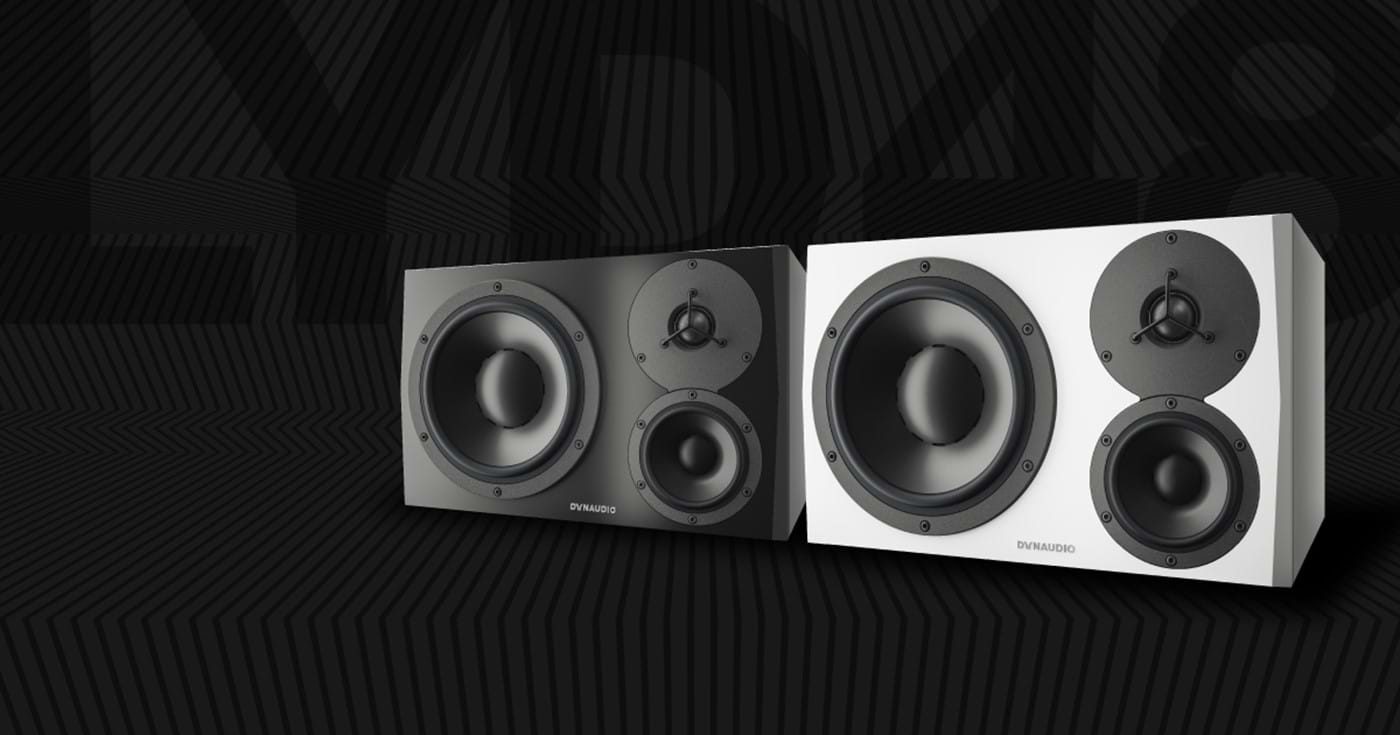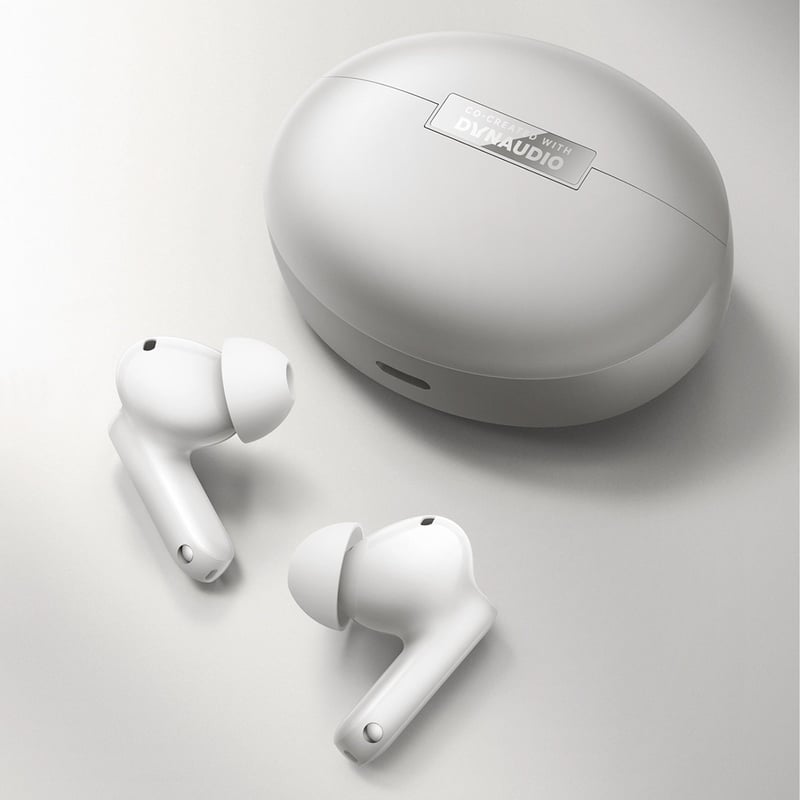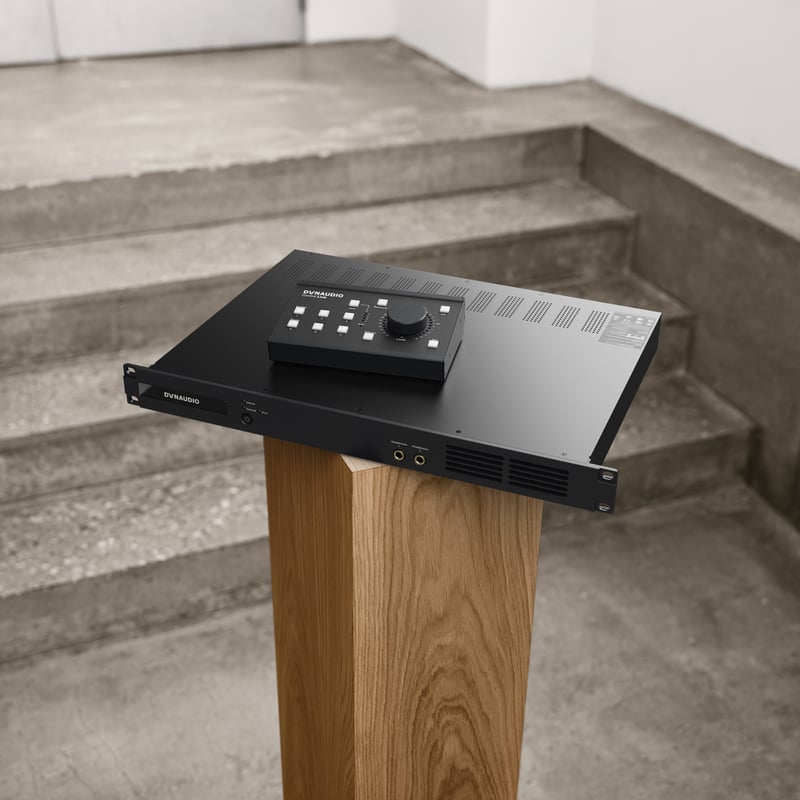We set out to redefine the game of personal reference monitoring with the LYD range in 2016. Now we expand the range with a new 3-way monitor. Please meet LYD 48.
Our new LYD 48 features a 3-way speaker design, coupling an 8” woofer with a 4” midrange and a 1” tweeter, making them well suited for nearfield as well as midfield monitor applications. Obviously, it will be available in the sleek white and black design, as the original LYD range, but you can also get it in a classic all-black version.
The Thoughts Behind LYD 48 Monitor
To learn more about the underlying considerations of the LYD 48, who would be better to ask than our Product Manager for the PRO division, Sebastian Rodens? So that was exactly what we did.
Why did you decide to add a dedicated 3-way speaker to the new LYD range?
SR: "Well, we have enjoyed quite a success with 3-way speakers like the AIR 20 and 25, as well as the M3 and M2. But this is the first time we can offer a 3-way in this price range and with such a compact footprint. We are very proud that we are able to do this without having to compromise on quality. When we started the LYD project we always knew that we would like to add a flagship model to the line, but we also wanted to wait for LYD to arrive at the customer so that we could incorporate important customer feedback to the monitors. In that regard LYD 48 is not only the biggest LYD monitor, but really a flagship that improves on all levels."
What are the biggest differences in terms of design decisions when you work on a 3-way versus a classic 2-way nearfield?
SR: "You simply have the luxury of doing less compromises. In a 2-way design, the woofer has to cover a huge frequency area. And there are always sacrifices to be made. Having a dedicated driver for the midrange that is designed specifically for that frequency area helps massively in getting a more balanced and not least natural sound. We really worked with a 'less is more' approach on the LYD 48, and with this design we just have to do less in terms of tuning and let the drivers do their work."
What are the audible benefits coming from the ‘extra layer’ in a 3-way studio monitor?
SR: "LYD 48 plays deeper than LYD 8, even though it uses the same size woofer. At the same time, you get a more precise upper mid. We were already very happy with how LYD 8 sounds, but with the new LYD 48 you get a better and more balanced response."
Why is it important to have separate amps to drive each woofer and the tweeter?
SR: "It just increases your control over each driver. It also makes tuning easier, as you can influence the time alignment of the drivers individually."
Will the new 3-way also deliver low volume precision like the original LYD range?
SR: "Yes, LYD 48 has all of the same sonic advantages and technical features as the original LYD series. Bass Extension, Sound Balance and Position are available as well. All that in a really compact speaker that I can’t wait to get people to hear."

Developed, Designed & Made in Denmark
As all of our speakers, LYD 48 was conceived, born and raised entirely at our facilities in Skanderborg, Denmark. Featuring handmade driver units from the factory in Denmark, all LYD 48 monitors are also assembled, finalized and tested here before leaving our warehouse.
Sebastian Rodens elaborates: “We have equipped music production studies all over the world for decades. From legendary recording facilities like Air Studios and Avatar Studios to bedroom studios, the characteristic looks and not least transparent sound of our speakers have conquered studio real estate and gained a wide and loyal user base. We like to think that our dedication to one type of product and keeping utmost control every step of the way from idea to finalized product in-house at the Danish headquarters plays a part in having achieved this.”
Triple Power, Bass Extension & Sound Balance
Each of the woofers and the tweeter are powered by a dedicated state-of-the-art Class D amplifier, delivering 80W / 50W / 50W of power per monitor. The amp features a 96kHz/24bit signal path and selectable input sensitivity, as well as the same Standby Mode as the original LYD speakers.
Also, like the other LYD monitors, the new 3-way version features Bass Extension, allowing for a choice between the default setting or pushing towards maximum bass or maximum volume. Changes will affect the low-end response, but importantly the linear frequency response remains intact.
The Sound Balance option is basically a tilt filter that tips the tonal balance gently. In short, it emphasizes one end of the spectrum while decreasing the opposite end by the same amount. This approach is different from typical shelving filters, as it alters the frequency response, but without interfering with the phase. By default the monitor is set flat, but the Sound Balance toggle switch can go for either ‘Bright’ or ‘Dark’.

Sign up to get more great articles
Nothing compares to the satisfaction of knowing – for a fact – that something is as good as it gets





